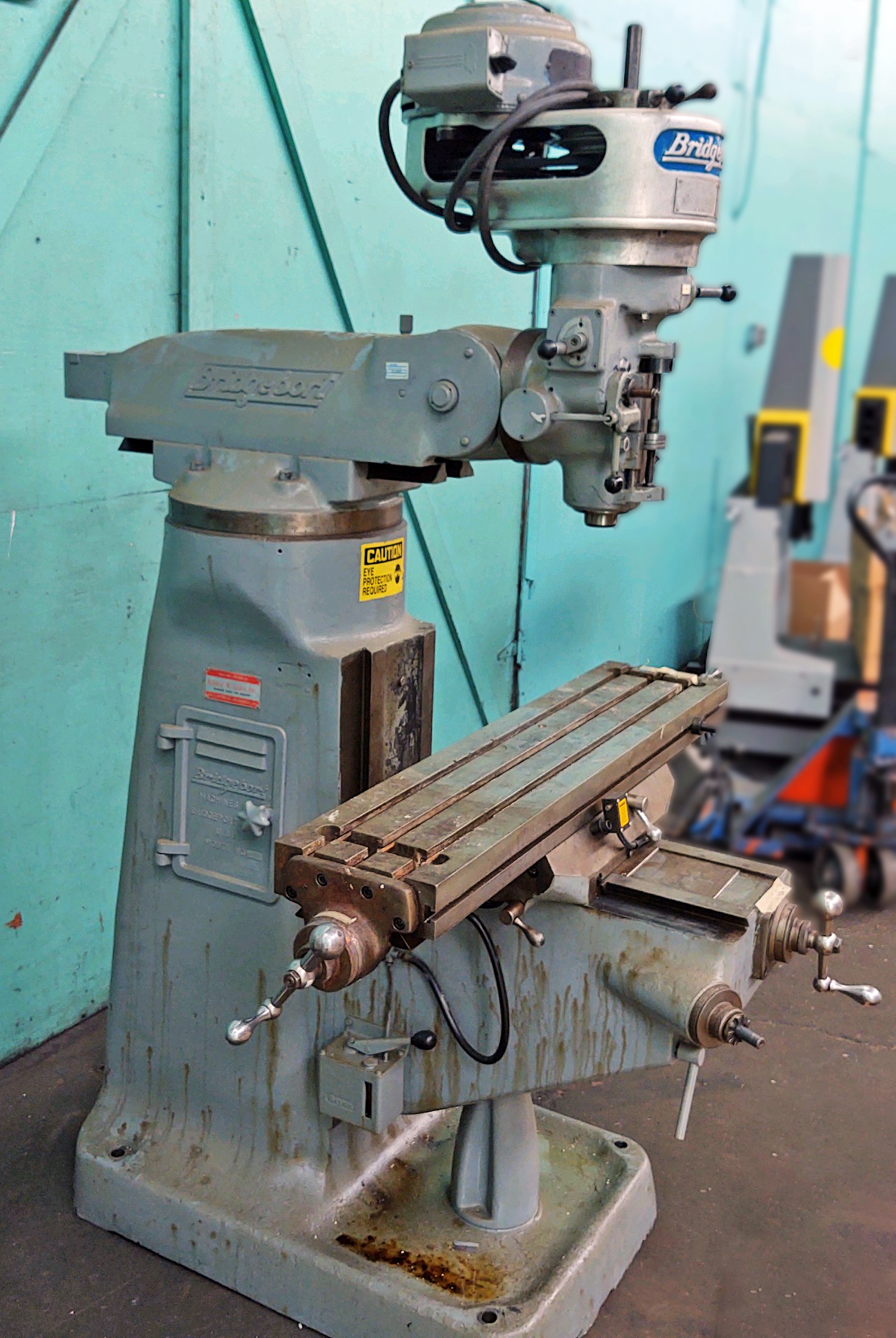The idea of a ‘make’ when buying hobby machine tools isn’t solid ground these days. In the past, taking British lathes as an example, there were a plethora of individual firms each offering tools of wildly different capabilities, ranging from ‘too cheap’ to ‘too expensive’. After WW2 Myford dropped a bomb on most of these firms by producing, at reasonable cost, a modern, well-balanced general-purpose and versatile lathe of just the right size for most home workshops. So for 30 or 40 years the simple answer to ‘what hobby lathe?’, especially in the UK, was Myford.
However, time marched on, and many improvements were made in industrial tool design. Many of those improvements were aimed at reducing manufacturing cost, which gradually put the older Myford design at a serious cost disadvantage. Today the hobby market is dominated by rather similar tool designs. The story goes their design was developed from Western ideas by Soviet Russia, then passed into the public domain via Communist China. Whatever the reason, much the same machines can be made by anybody with a suitable factory, and in the past many did, causing quality to vary wildly. Today I believe most hobby lathes and mills are made by two Chinese firms to similar designs, but neither has a monopoly, and both badge their products to suit the badge owners price point, including “too cheap”.
Another major change is that considerable cost savings are achieved by letting the customer do the final quality checks. It is cheaper to replace a small percentage of faulty goods that escape from the factory than it is to fully inspect everything. That means the customer should buy from a source who will make minimum fuss about replacing the odd duff item when one turns up. To me that means buying from a reputable UK supplier rather than a grey importer. Also, UK suppliers who want to maintain good customer relationships, are likely to filter out the worst, working with the maker to avoid issues.
My impression is that all the major UK suppliers do the decent thing should the product be defective, though some are more nimble than others. Personally, I’ve had good support from Warco. ArcEuro have a particularly good reputation. Chester sometimes get a mildly bad press, as do the others occasionally, but the forum isn’t full of posts warning folk not to buy from Company ‘X’.
At one time Axminster were more expensive because their price included an extended warranty. MachineMart isn’t ideal because their staff are unlikely to know anything about lathes, but you can go and look at them in store.
A bit of expectation management may not go amiss. To me, spending a few thousand quid is big money, therefore I expect what I buy should be absolutely perfect! Unfortunately that’s unreal because hobby lathes are built down to a price. I bet all the UK suppliers have stories about customers expecting far too much of their hobby purchase. An industrial machine of roughly the same capability will be at least 6x more expensive, be much more heavily built, and able to run flat out for long periods without harm. In comparison, hobby machines lack finesse, stamina and rigidity. For what I do hobby limitations don’t matter: my machines work well-enough provided I operate within their limitations. Daft I think to expect a hobby lathe to endlessly chew through steel with tool-room accuracy.
I dithered before buying a mini-lathe and have always regretted the time wasted! I was obsessed with details that turned out not to matter. Almost any lathe would have done to get me started! After I’d used it for a few years I was much clearer about what I needed, which was a BIGGER machine. Such a common experience, that most people should start with the biggest machines they can.
Avoid combination mill/lathes unless absolutely stuffed for space and money. They don’t perform well compared with separates.
Dave
Anonymous.






